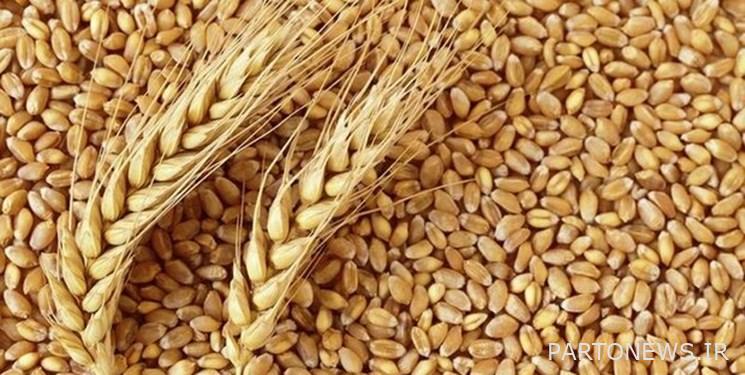Why Russian wheat exports increased

According to the International Economic Group of Fars News Agency, quoted by Reuters, after the reduction of military conflicts with Ukraine, Russian wheat exports are also increasing, sales at lower prices have increased the country’s wheat customers, although some Ukrainian customers. They tend to buy from Russia, another point is that buying from other countries puts a lot of shipping costs on the hands of customers.
World wheat prices have risen sharply since the start of military conflict between Russia and Ukraine on February 24, as the two countries are the world’s largest suppliers of grain.
On the one hand, the low price of Russian wheat and the remittances of Ukrainian wheat customers to Russia have led to an increase in the country’s exports.
Russia and Ukraine account for about 29 percent of world wheat exports and are the main suppliers to some of the world’s top buyers, including Egypt and Turkey.
Currently, fuel prices are a major problem for importers, and many buyers are under pressure to limit their grain import costs as much as possible due to the sharp increase in fuel import costs.
“Russia’s exports are definitely growing,” said one European businessman. “The large export port of Novorossiysk has never been closed and the currents are moving.”
“Russian wheat looks cheap, and importers face huge costs if they want to import from the European Union, the United States, Canada, Argentina and Australia,” he said.
According to transport data, Egypt saw an increase in Russian wheat imports in March, receiving 479,195 tonnes, a 24% increase over the same month last year.
“New deals are being made by countries like Egypt, Turkey, Syria, Iran, Lebanon and Libya,” said another European businessman. “Some smaller countries are trying to buy from Russia.”
A leading agricultural consultant in Moscow said high world wheat prices and the devaluation of the ruble had helped boost exports in the second half of March.
According to the report, there are payment problems due to sanctions, so that some Russian banks have been removed from the Swift system and international banks are reluctant to finance the purchase of Russian wheat.
“The problem of paying money is especially true for Swiss banks, which traditionally finance a large part of Russia’s grain export trade,” said the second European businessman. “EU banks are also reluctant to finance Russian grain exports, even if they are not sanctioned.”
A Turkish grain buyer said some traders were considering paying in rubles.
“Buyers are having their own problems,” said one buyer, noting that freight rates have almost doubled since mid-February. Sales are going smoothly and we are buying. “There are delays in payments, unwillingness to provide insurance.”
“But the discount for Russian FOB wheat is big enough to cover the extra shipping costs,” said Alexander Boy, a grain analyst.
Traders said wheat with 12.5 percent Russian protein was sold for May delivery this week at about $ 395 per tonne, which is more than $ 40 per ton cheaper than German and Baltic wheat and more than $ 20 per tonne. Tons cheaper than French wheat.
“There are still countless problems, insurance companies are scared, shipowners and customers are worried about their own capital, and these are issues that have made exports difficult, but we are doing our best,” said one of Russia’s largest wheat exporters. »
You can edit this post
Suggest this for the front page

